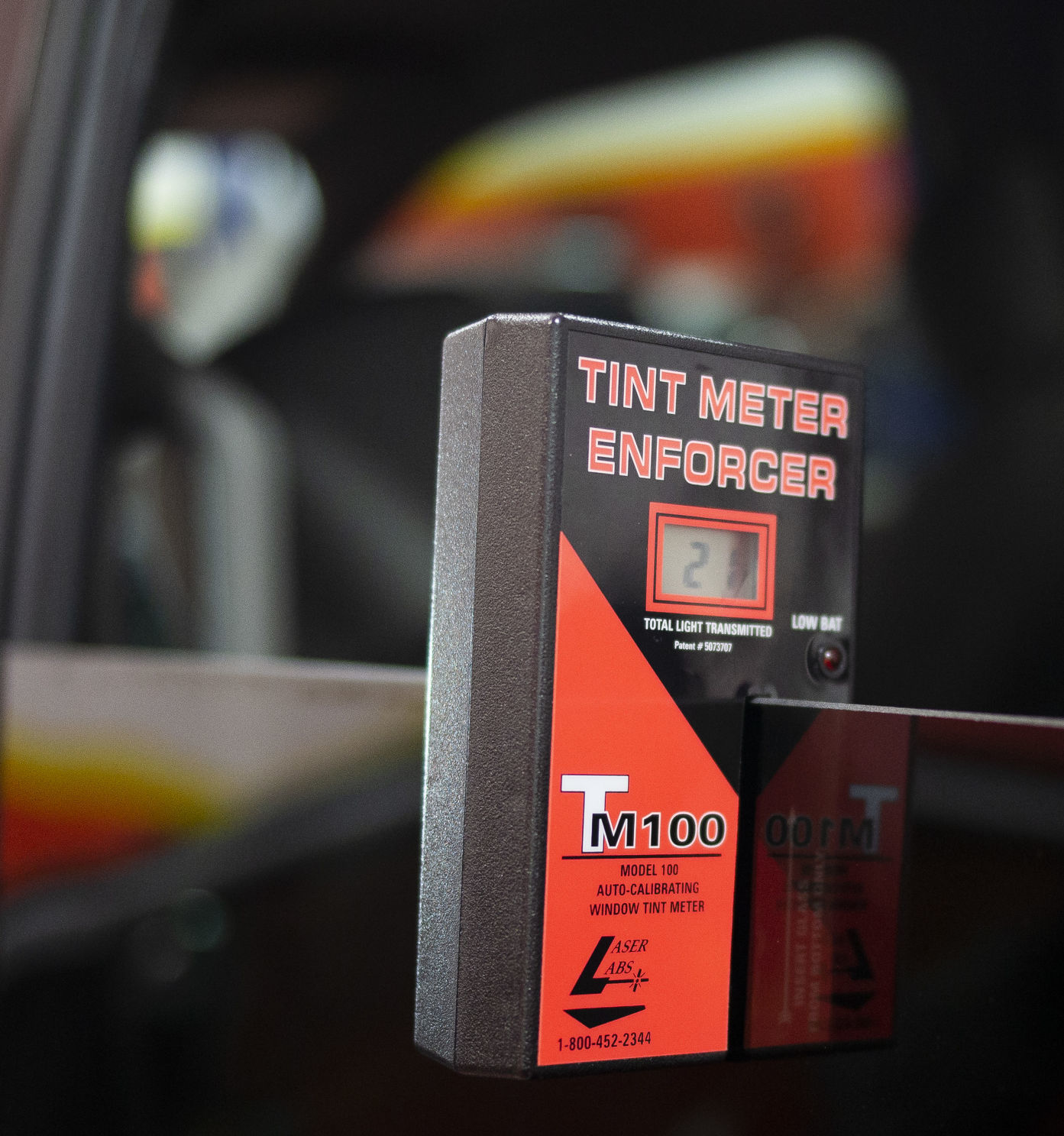

These are the current Nevada Window Tint Laws. For more details about the specific terms of the exemption for window tinting, consult your state law. Nevada window tint law allows medical exemptions for special tint.

No sticker to identify legal tinting is required. Ask your dealer if they are using certified film. Please refer to you local authority for current Nevada window tint law enforcement policies, including rules and regulations, as the final authority on Nevada window tint law in your area. Manufacturers of film need to certify the film they sell in the state. Nevada Window Tinting Law Enacted: 1993 We have made every effort to provide you with accurate and up to date information regarding Nevada window tinting laws.

OTHER NEVADA WINDOW TINT LAW RULES AND REGULATIONSĭual side mirrors are required if back window is tinted. Tinting film can contain metallic elements (silver mirror look) that help to reflect incoming light and reject the glare and heat generated by visible light.
#WINDOW TINT LAW IN NEVADA WINDOWS#
HOW REFLECTIVE CAN THE TINT BE ON AUTO WINDOWS ACCORDING TO NEVADA WINDOW TINT LAW? Transmission through glass.Īny VLT can be applied legally on this window.

Must allow more than a total of 35% light in. Non-reflective tint is allowed along the top of the windshield above the manufacturer’s AS-1 line. Here is what is allowed in Nevada window tint law: The percent of visible light allowed through your car windows is called VLT: Visible Light Transmission. In Nevada window tint law, this percentage refers to percentage of visible light allowed to pass through the combination of film and the factory tint of the window. The darkness of tint is measured by (VLT%) Visible Light Transmission percentage. Please refer to you local authority for current Nevada window tint law enforcement policies, including rules and regulations, as the final authority on Nevada window tint law in your area. Front side windows: 35 VLT Backside windows: Any VLT Rear window: Any VLT Nevada Window Tint Law Regulations Nevada Tint Laws Medical Exemption The state of Nevada allows a medical exemption, must fill an application for window tint exemption. Regardless, you are expected to follow the laws of the state in which your vehicle is registered in and check individual state laws for more information regarding their laws and exemptions before traveling.We have made every effort to provide you with accurate and up to date information regarding Nevada window tint law. In some cases, it is possible to contest a ticket or repair order and have it thrown out. States with no visitor exemptions may issue you a repair order and/or a fine if your window tint does not meet their regulations or the regulations for the state in which the vehicle is registered. Some states provide exemptions for visitors while others do not. The answer to this varies from state to state. You can purchase a meter to measure the VLT of your tint, or ff you’re unsure of the legality of your tint, bring your car to us and we will measure your VLT for free! The darkest film you can use while staying legal is about 45% VLT. If you were to put window film with a 35% VLT on your front windows, which by itself would be legal, your windows would still end up being illegally tinted at around 28% VLT (.80 x. Allowable Tint Levels: Nevada has specific regulations regarding darkness or the percentage of visible light transmission (VLT) allowed for window tinting. Non-reflective tint is allowed above the manufacturer's AS-1 line. First, you have to account for current VLT when installing aftermarket tint. In this guest post, we'll explore Nevada's window tinting laws, including allowed tint levels, exceptions, and the importance of compliance. In Nevada, this percentage refers to percentage of visible light allowed in through the combination of film and the window.


 0 kommentar(er)
0 kommentar(er)
